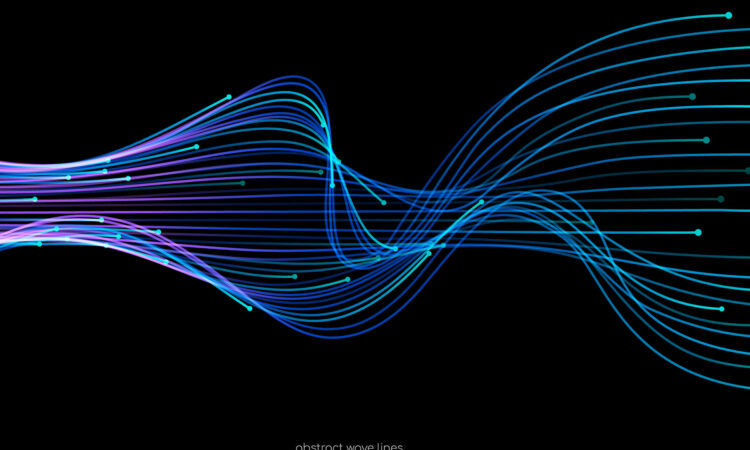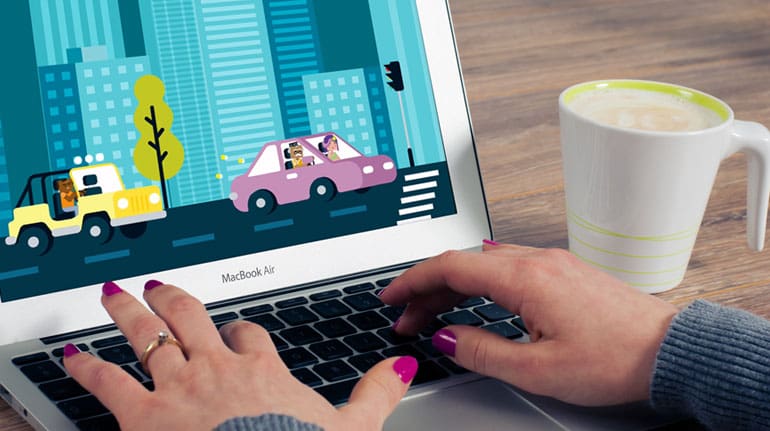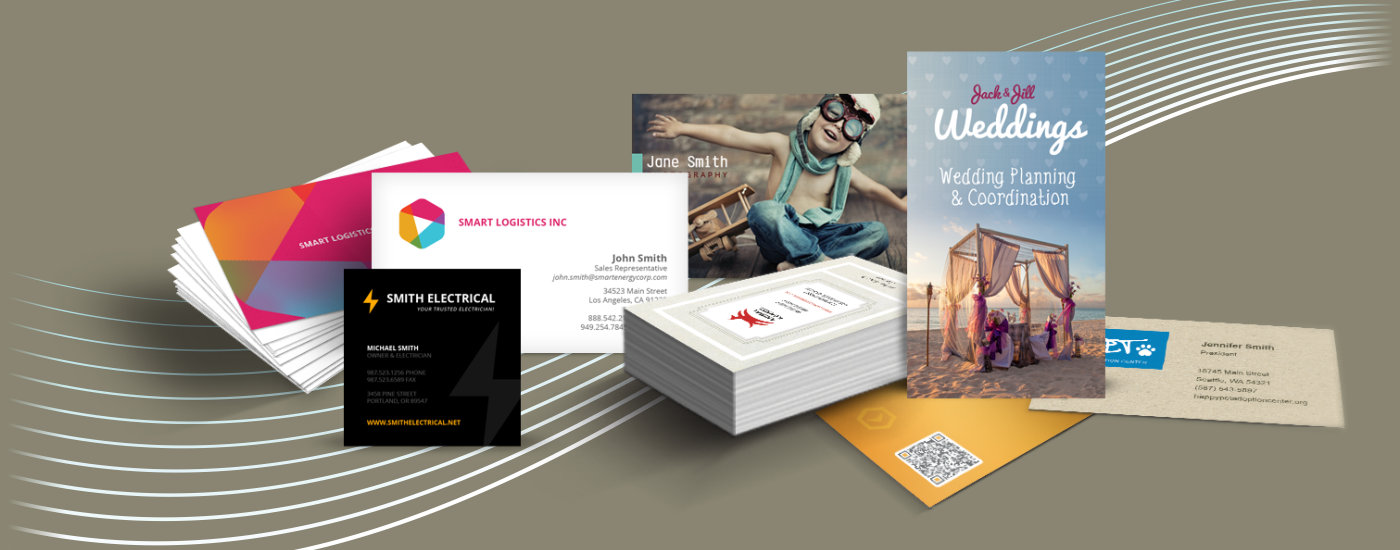
Introduction
In the realm of industrial graphic design, where precision meets creativity, Artificial Intelligence (AI) is revolutionizing the way designers conceptualize and execute their ideas. From automating mundane tasks to offering unprecedented creative options, AI is not just a tool; it’s a collaborator that’s redefining the boundaries of what’s possible in design.
The Advent of AI in Design
Traditionally, industrial graphic design has been a labor-intensive process requiring meticulous attention to detail and extensive knowledge of materials and manufacturing processes. With the advent of AI, designers and top rated industrial marketing digital agencies are now equipped with tools that can learn, adapt, and suggest solutions, making the design process more efficient and less error-prone.
Automating Routine Tasks
One of the most immediate impacts of AI in industrial graphic design is the automation of routine tasks. AI algorithms can handle repetitive aspects like resizing designs, color corrections, and basic layout adjustments. This automation frees up designers to focus on more creative and complex aspects of their projects.
Enhanced Creativity and Experimentation
AI tools, equipped with machine learning capabilities, can analyze vast datasets of design elements and styles, offering designers a plethora of creative options that they might not have considered. This encourages experimentation, pushing the boundaries of traditional design.
AI-Powered Design Tools
Several AI-powered tools are making waves in the design community:
- Generative Design Software: These tools use AI to generate design alternatives based on specific constraints, allowing designers to explore a broader range of design possibilities.
- AI-assisted Sketching Tools: These applications can transform rough sketches into detailed designs, significantly speeding up the initial stages of the design process.
- Color and Pattern Predictions: AI algorithms can suggest color schemes and patterns based on current trends, brand identity, and target market preferences.
Impact on Design Efficiency and Precision
AI’s ability to quickly process and analyze large datasets results in designs that are not only creative but also highly efficient and precise. This is particularly beneficial in industrial design, where precision is crucial for the manufacturability of products.
Streamlining the Design-to-Manufacture Process
AI assists in bridging the gap between design and manufacturing. By predicting and identifying potential production issues in the design phase, AI reduces the risk of costly errors and ensures a smoother transition from design to production.
Ethical Considerations and the Future of AI in Design
As AI becomes more integrated into the creative process, ethical considerations regarding data privacy, intellectual property, and the role of the designer are becoming increasingly important. Balancing AI’s capabilities with the unique creative input of human designers is key to harnessing the full potential of AI in industrial graphic design.
Conclusion
AI in industrial graphic design is not just about efficiency; it’s about expanding the realm of creative possibilities. As AI continues to evolve, it will undoubtedly unlock new avenues for creativity, collaboration, and innovation in design. The future of industrial graphic design is a symbiotic relationship between human creativity and AI’s analytical power, leading to designs that are imaginative, efficient, and above all, revolutionary.





